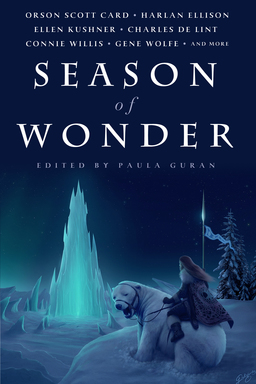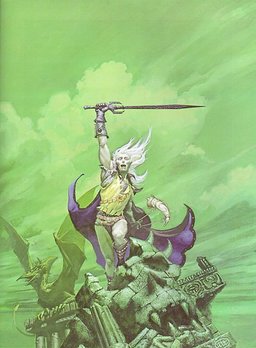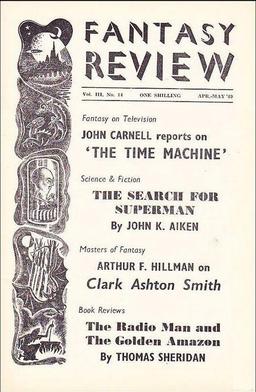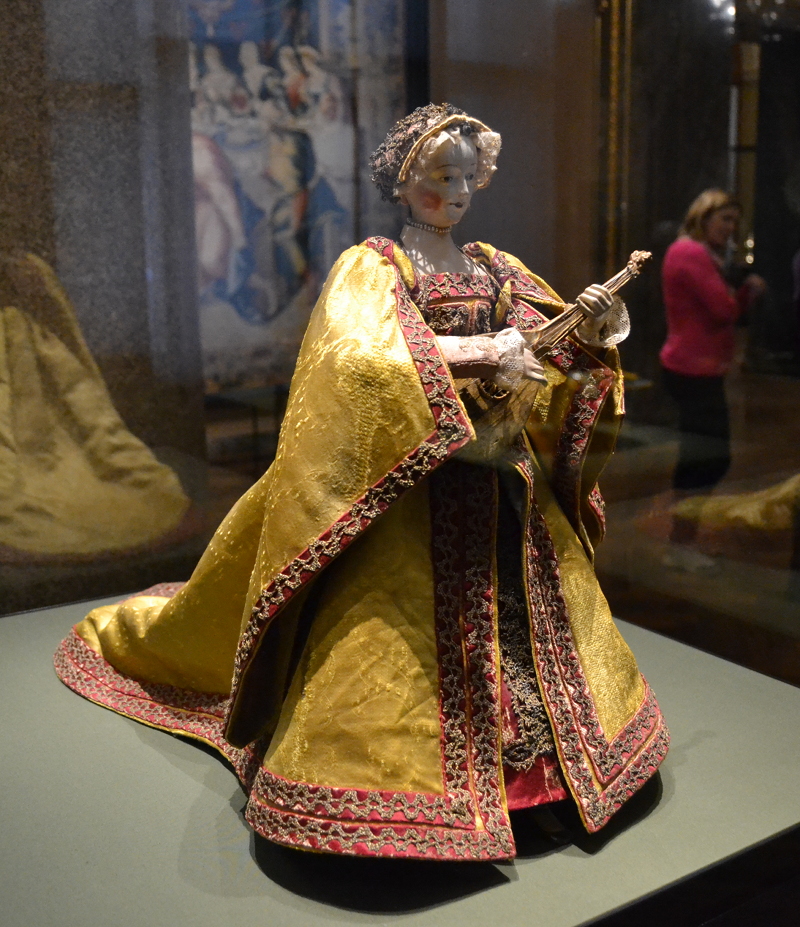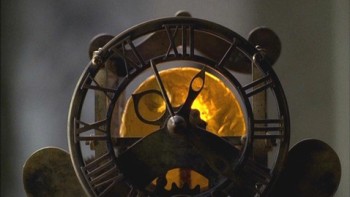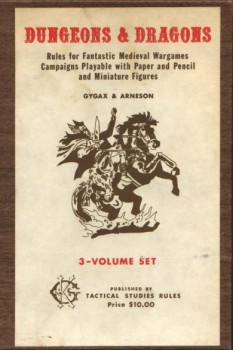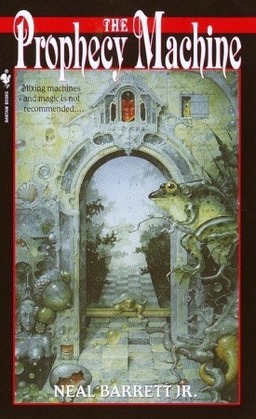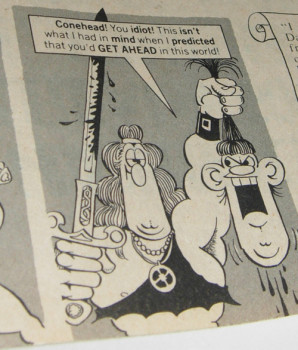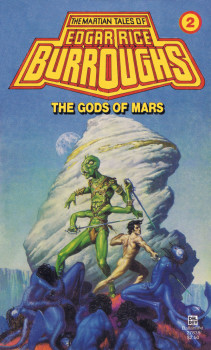The Top 50 Black Gate Posts in December
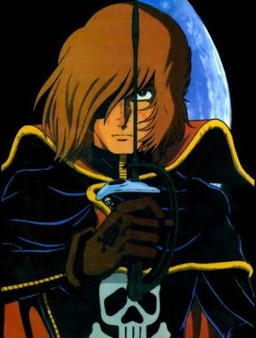 The top article on the Black Gate blog last month was Elwin Cotman’s detailed look back at the Space Opera of famed Anime creator Leiji Matsumoto.
The top article on the Black Gate blog last month was Elwin Cotman’s detailed look back at the Space Opera of famed Anime creator Leiji Matsumoto.
Second on the list was Jon Sprunk’s survey of the Worst Fantasy Films of All Time, followed by our tribute to the 80s science fiction & fantasy of Bluejay Books.
Fourth was the 12th installment in our ongoing series tracking the latest in Appendix N scholarship: “H.P. Lovecraft, A. Merritt, and Appendix N: Advanced Readings in D&D. Closing out the list is M. Harold Page’s thoughtful response to the question, “So What’s Wrong With (Some) Modern Fantasy?”
The complete Top 50 Black Gate posts in December were:
- Futuristic Myth: The Space Opera of Leiji Matsumoto
- The Worst Fantasy Films of All Time
- A Fond look back at Bluejay Books
- H.P. Lovecraft, A Merritt, and Appendix N; Advanced Readings in D&D
- So What’s Wrong with (some) Modern Fantasy?
- Seductive Sorceress Queens, Decadent Civilizations and Moon-lit Brawls: Bloodstone
- The Cartoon Revolution will no Longer be Televised
- Experience the Joy of the Pulps with The Incredible Pulps
- The Problem with Wonder Woman
- A History of Godzilla on Film, Part 1: Origins (1954–1962)
